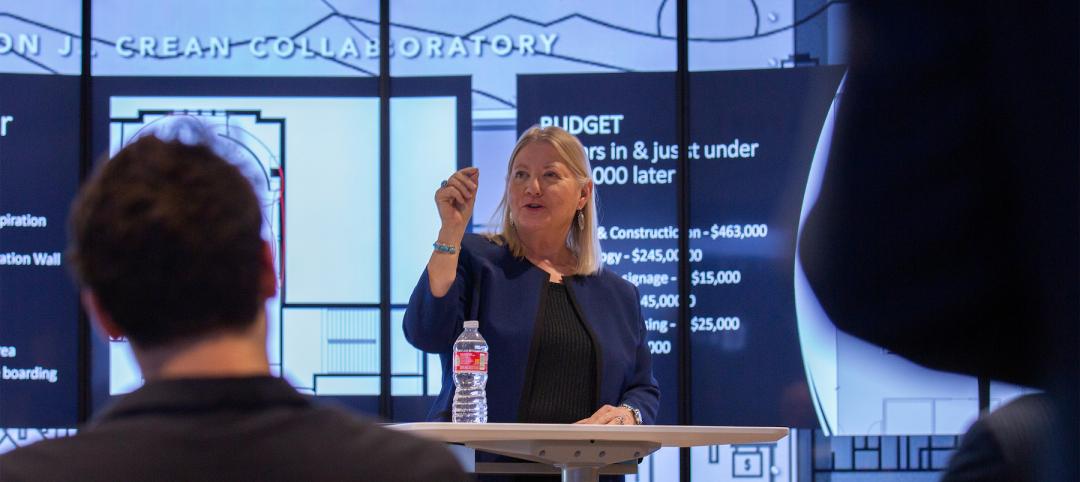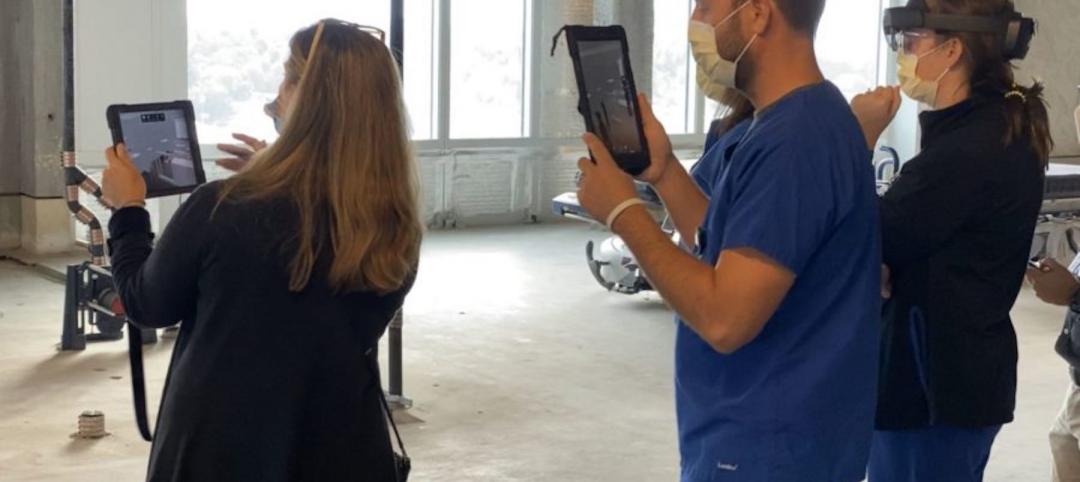For centuries, the AEC industry has clung to traditional methods and legacy processes—seated patterns that have bred resistance to change. This has made the adoption of new technologies a slow and hesitant process. Risk aversion, the industry's fragmented nature, regulatory inefficiencies, and a lack of standardization have contributed to the slow digital transformation as well.
However, increasing awareness of the benefits of digital transformation is gradually shifting AEC towards modernization. Industry professionals are realizing the impact of technology on their sector's ability to thrive in a rapidly evolving environment, promising a brighter and more tech-driven future for the field.
Why is Digitalization Accelerating Now?
The shift we’re talking about didn’t happen overnight though. Old habits die hard, especially when tradition reigns supreme. However, new trends began to disrupt the status quo, spurred by the urgent need for greater efficiency and reduced costs.
Paper-based processes, plagued by inefficiencies, led to delays, cost overruns, and quality issues too often. The industry needed a change, technology offered the solution. And the four factors below accelerated the adoption:
1. Technology Providers
The landscape of AEC-specific technology has evolved significantly in the past five years.
The adoption of software has surged, with Building Information Modeling (BIM) becoming a standard. Cloud-based construction project software is now the norm, and mobile apps have become indispensable for construction project management. Drones and aerial imaging are widely used for site inspections, surveying, and progress monitoring.
This transformation is largely due to companies specializing in construction software actively developing and marketing tools tailored to the industry.
Key tools like Procore, Autodesk, and Fieldwire have made innovation a norm. New powerful players like Fluix and Raken have entered the market, introducing competition and often focusing on specific niches, like safety inspections or daily field reporting or procurement management.

2. Industry Leaders
Forward-thinking construction companies and industry associations have recognized the potential of digital tools and processes. Related media consistently feature well-known names and major construction companies leveraging technology to improve their operations:
- Turner Construction uses data analytics to optimize construction processes and make data-driven decisions.
- Skanska employs Virtual Design and Construction (VDC) to create 3D models of their projects for better visualization and clash detection.
- Bechtel employs augmented reality (AR) to assist on-site work, overlaying digital information onto physical construction sites.
- AECOM invests in digital twin technology to create virtual replicas of physical infrastructure projects.
- Mortenson Construction embraces integrated project delivery (IPD) and lean construction methods to enhance collaboration and communication among project stakeholders.
The list goes on. These adoptions have set examples, and served as a roadmap for other companies in the industry to follow and embark on their digital transformation journeys.
3. Government Initiatives
Governments worldwide recognized the potential of digital transformation in the AEC industry. They began promoting the adoption of BIM and other digital tools to enhance infrastructure planning and development.
This promotion comes from understanding that digitally smart countries can attract international investment and be more competitive in the global marketplace, creating jobs and strengthening economics.
For instance, the U.S. established the National BIM Standard-United States (NBIMS-US) to promote BIM adoption, while various states enacted the Digital Signatures and Records Act to ease electronic document submission and storage. Other countries have also launched similar initiatives to enhance construction efficiency and productivity through digital technology adoption. Think of the BIM Level 2 Mandate and Construction Strategy 2025 in the UK, Building and Construction Authority (BCA) and Smart Nation Initiative in Singapore, National BIM Mandate in Australia, the EU's BIM Task Group and Level(s) initiatives and many more.

4. Sustainability Imperative
The growing demand for sustainability is the last but not the least factor punching companies to go more digital. With increased public awareness of environmental concerns, the AEC sector is under pressure to reduce the industry's carbon footprint and adopt more eco-friendly practices.
And digital transformation enables us to design such practices, helping construct buildings and infrastructure with greater energy efficiency, lower emissions, and sustainable materials.
Through tools like BIM, advanced simulations, and data analytics, the industry can optimize designs for energy consumption, waste reduction, and overall sustainability. New regulations, activism, and client demands for environmentally responsible projects further push AEC firms to adopt digital technologies for greener and more sustainable construction practices. This makes sustainability a significant driver in the digital transformation journey especially when it comes to big companies with the reputation at stake.
Last Word
As you see, the surge of digital transformation in the AEC industry is influenced by a variety of factors. While traditional practices have deep historical roots, new trends and behaviors contribute to the digital acceleration. The AEC sector is gradually evolving towards a more sustainable, tech-driven future, in response to the changing business landscape and public demand.
This is the first article in a three-part series on digital transformation. Click here to read part two: 4 ways AEC firms can benefit from digital transformation
Related Stories
AEC Tech | Sep 15, 2022
Register today! Live webinar: Minimize project expenses to stay on budget with 360° photo capture
Learn how reality capture technology like 360° photo capture allows your on-site team to document jobsites faster and more accurately than ever. This live webinar will take place September 20, 2022, at 2 ET / 1 CT.
AEC Tech | Aug 8, 2022
The technology balancing act
As our world reopens from COVID isolation, we are entering back into undefined territory – a form of hybrid existence.
Security and Life Safety | Jul 5, 2022
What AEC firms should look for in a cybersecurity partner
When looking for expert partners in cybersecurity, AEC firms will find quite a lot of companies claiming to be at the forefront of modern threats. Here are five key points to look for when choosing a cybersecurity firm.
Laboratories | Jun 29, 2022
The "collaboratory" brings digital innovation to the classroom
The Collaboratory—a mix of collaboration and laboratory—is a networking center being designed at the University of Denver’s College of Business.
Augmented Reality | Jun 22, 2022
Not just for POKÉMON GO anymore: how augmented reality is transforming architecture
By solving a long-standing communication problem, Augmented Reality (AR) is poised to make architecture quicker, nimbler, and more cost effective.
Healthcare Facilities | Jun 20, 2022
Is telehealth finally mainstream?
After more than a century of development, telehealth has become a standard alternative for many types of care.
Smart Buildings | Jun 1, 2022
Taking full advantage of smart building technology
Drew Deatherage of Crux Solutions discusses where owners and AEC firms could do better at optimizing smart technology in building design and operations.
BAS and Security | May 26, 2022
Can your intelligent building outsmart hackers?
ESD's security services studio leader Coleman Wolf offers tips, advice, and lessons for protecting real estate assets from cyberattacks.
Architects | Apr 26, 2022
Low-tech skills architects need to keep in a high-tech world
As architects continue to lean into learning and mastering the latest technologies, let us not forget the foundational, fundamental skills that are still expected by clients. RS&H National Design Director Philip Robbie explains.
AEC Tech | Apr 19, 2022
VDC maturity and the key to driving better, more predictable outcomes
While more stakeholders across the AEC value chain embrace the concept of virtual design and construction, what is driving the vastly different results that organizations achieve? The answer lies within an assessment of VDC maturity.















